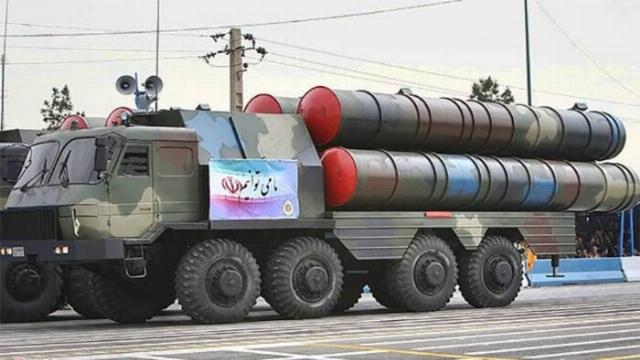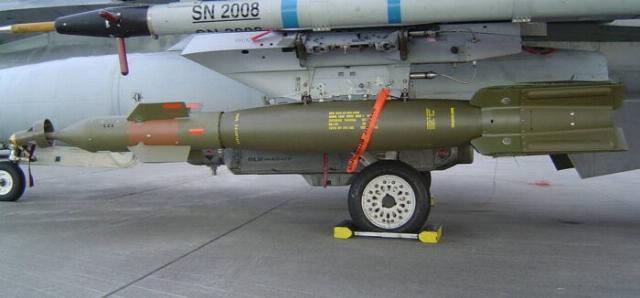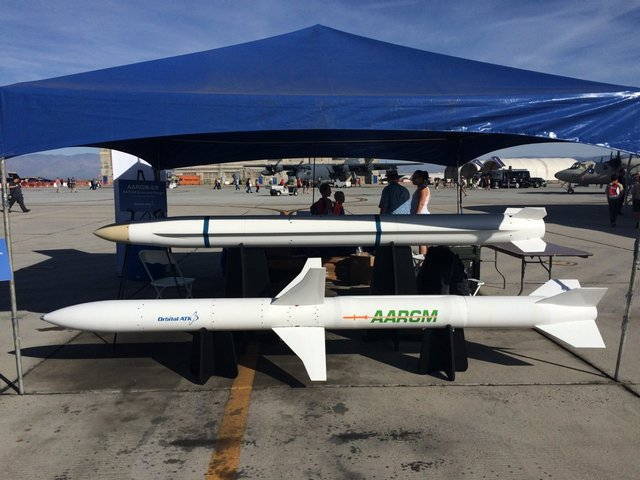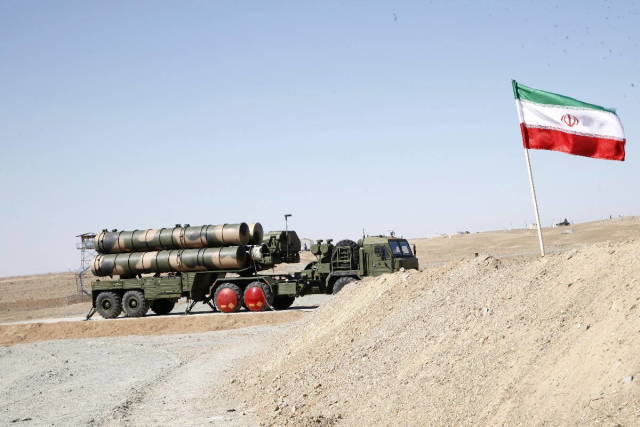As you know, the air defense units of the Islamic Republic of Iran (IRI) are armed with Russian-made S-300 and Buk-M1 anti-aircraft missile systems, on the basis of which Iranian specialists have created their own samples of weapons designed to protect the air borders of the republic from aviation or missile attacks from different directions. The practice of intense confrontation between the Iranian air defense units and the US Air Force reconnaissance aircraft shows that the capabilities of the Iranian sky defenders are quite sufficient to intercept various unmanned aerial vehicles conducting reconnaissance (electronic) along the borders of Iran.

Bavar373 Air defense system of Iran
It is quite natural that the main purpose of the US Air Force's intelligence activities in relation to Iran is to form a reliable map of the locations of all air defense units, taking into account the maximum / effective range of detection and destruction of military aircraft. The US Air Force constantly collects and analyzes such information, since it is they who are entrusted with the task of delivering a limited strike on Iranian military facilities.
Taking into account the capabilities of the radar of Iran's layered air defense system, the US military understands that the use of F-16CJ Block 50 Wild Weasel fighters, which are carriers of AGM-88E/F HARM anti-radar missiles, does not guarantee unambiguous success in providing tactical aircraft or cruise missiles with unhindered flight to designated targets and defeating such.
According to correspondents of the Chinese specialized military-technical publication Science and Technology of the Military-Industrial Complex, F-16CJ Wild Weasel aircraft can become prey for combat crews of the S-300 air defense system of Iran, provided that these systems are equipped with long-range anti-aircraft guided missiles. The main problem of the AGM-88E/F HARM is that this missile defense system does not have a long launch range, which means that the pilot of the carrier aircraft must enter the air defense zone, which is extremely risky even if all known electronic jamming systems are used.

F-16CJ Wild Weasel Air Defense Breakthrough Fighter
It is quite obvious that the US Air Force, in order to successfully counter Iran's air defense system, will not use the F-16CJ Block 50 Wild Weasel, but more modern F-35A fighters, which, due to their low radar visibility, are able to fly up to a minimum distance to ground-based radar stations and launch air-to-ground aircraft weapons without the threat of being shot down.
Currently, to combat ground-based radars of the IRI air defense system, pilots of low-profile F-35A fighters of the US Air Force cannot use available AGM-88E/F HARM anti-radar missiles, since the main tail of these ammunition does not correspond to the size of the internal missile and bomb compartment. The placement of such missiles on the external suspension points of the F-35A seriously increases the effective dispersion area of the fighter – increases its visibility to enemy radar.
In such conditions, American pilots can rely only on small-caliber GBU-39 and GBU-53 cruise gliding aircraft bombs, which have increased firepower. Taking into account the size of the missile and bomb compartment and the capabilities of the operating system, F-35A fighters can use GBU-12 Paveway bombs, GBU-31 JDAM type cruise bombs, and to combat aerial targets, this fighter can be equipped with AIM-120C5/7 air-to-air guided missiles.

GBU-12 Paveway Aerial Bomb
According to Chinese experts, in order to expand the combat capabilities of F-35 fighters in the fight against ground-based S-300 and S-400 radars, designers from Northrop Grumman Corporation, according to a contract with the US Air Force worth US$ 322.5 million, are developing a new extended-range anti-radar missile under the symbol AARGM-ER, which will be adopted into service as the AGM-88G.
According to Chinese sources, this PRR has received a completely new body, flanked by flush planes, and traditional X-shaped rudders are installed in the tail section. These elements together provide the missile with acceptable maneuverability at a speed of Mach 3, which is necessary to perform maneuvers to evade anti-aircraft missiles.
With regard to the engine, it is known that designers from Orbital ATK plan to modernize the power plant in order to increase fuel efficiency and increase the launch range to 200 km, but Chinese analysts believe that this is the maximum value. In addition, the engine nozzle must be deflected, which will also have a positive effect on the maneuverability of the rocket. According to Chinese sources, work on the engine is still only at the design stage and the new powertrain does not have a physical embodiment.

AARGM and AARGM ER anti-radar missiles
Observers of the Chinese publication Science and Technology of the Military-Industrial Complex note that when flying at a speed of Mach 3 at long ranges, the rocket body is heated, but American designers assure that they will solve this problem due to special paint materials. In turn, Chinese analysts believe that as the AGM-88G missile defense system approaches the target area, it will have significant thermal visibility, and if the Iranian air defense units receive short- /medium-range air defense systems with optoelectronic (infrared) detection systems, then intercepting such missiles will not be particularly difficult.
According to Chinese sources, Northrop Grumman designers also modified the AGM-88G guidance system. In addition to the inertial guidance module, the GPS global positioning system signal receiver (operating in the middle section of the flight) and the passive radar antenna (necessary to detect the radiation source), an active millimeter-wave radar was introduced, which allows you to recognize the target, even if the enemy has taken measures to disguise it.
In addition to these components, a digital receiver of the Air Force and Navy unified operational control system under the designation NIFC-CA was introduced into the head of the considered PRR – it allows you to receive target data from other sources. According to Chinese sources, Orbital ATK specialists do not plan to work on increasing the resistance of the guidance system of this missile defense system to artificial interference.
Summing up the above, we note that, taking into account the problematic issues that American designers and engineers will have to solve in the next five years, specialists of the Iranian military-industrial complex have time to create adequate means of countering PRR. During the same time, official Tehran may well reach agreements with the Russian Federation on the purchase of the S-400 air defense system. Chinese analysts note that the development of the AGM-88G missile defense system is a military–political signal that official Washington sends to all countries that acquire Russian air defense weapons.
Based on the materials of the Chinese edition "Science and Technology of the military-industrial complex"

